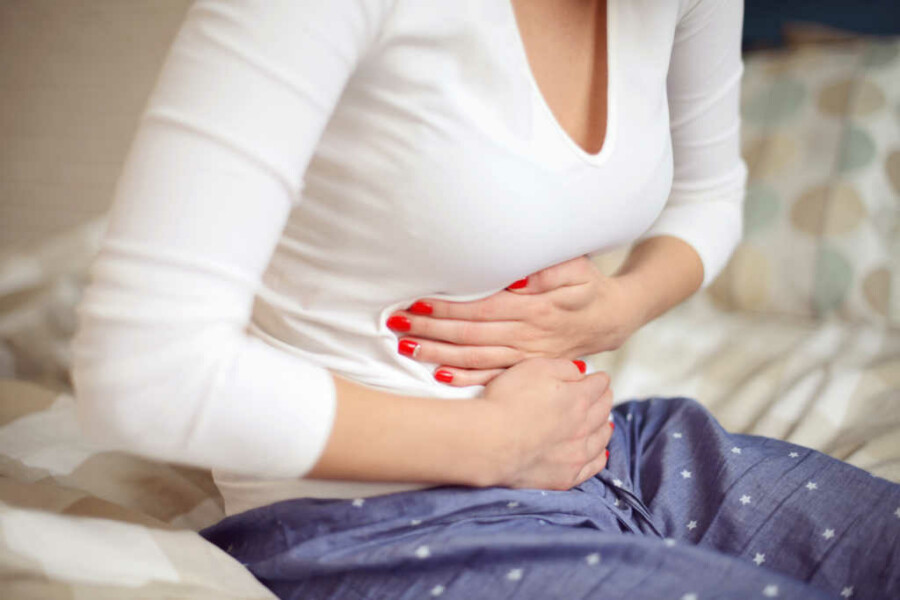The Relationship Between Varicose Veins and Menstrual Cycles

Some women complain that their varicose veins feel extra painful prior to their period each month. There’s a scientific reason for that effect.
There’s a reason why many women experience extra swelling and discomfort in their varicose veins swell just prior to menstruation: a handful of scientific studies have traced an uptick in varicose vein symptoms to the hormones associated with a woman’s menstrual cycle.
About a week or two before menstruation, the hormone progesterone rises within the veins. This progesterone surge loosens the veins walls, allowing the vein to carry more blood. However, valves in the leg veins that transport blood back to the heart may strain from this excess blood flow, causing varicose veins to form or worsen.
After menstruation, the symptoms disappear. Though research is in its early stages and has only been conducted with small sample sizes, two studies have measured and demonstrated the change in venous size at different points in the menstrual cycle.
Saphenous Vein Diameter
A 2011 research project conducted by Northwestern University in Chicago analyzed five women who said they experienced varicose vein symptoms. An initial examination found no deficiencies in the long saphenous vein, a large superficial vein stretching along the leg. When they returned for an evaluation prior to their menstrual period, the diameter of the saphenous vein in four of the five women has grown 73% on average.
Similar results were obtained in a 2007 study published in Phlebology. Researchers conducted venous scans of the saphenous veins of 12 premenopausal women between the ages of 19 and 46. The women had complained of leg pain and swelling prior to their period.
During the luteal phase of the menstrual cycle, which starts after ovulation and extends for about two weeks, progesterone levels peak. The diameters of the saphenous vein in this stage increased between 2.5 to 8.0 mm in all study subjects.
By comparison, saphenous vein diameters measured in the follicular phase — the time in the menstrual cycle before the release of the egg — ranged from 2.0 to 7.2 mm. That’s likely because estrogen and progesterone amounts are low at that point. The study concludes by saying a decrease in progesterone alleviates varicose vein symptoms.
Treat Your Varicose Veins
Women who notice their varicose veins become more bothersome prior to their period may want to consider several treatment options. If your varicose veins flare up during your premenstrual stage, you can wear compression stockings to accelerate blood flow from the legs to the heart. Exercises that work the calf muscles also help the valves pump blood so it doesn’t pool in the veins.
That said, the best way to ensure you don’t have varicose vein pain and tenderness before your period — or at any time — is to explore non-invasive surgical therapies to get rid of your varicose veins once and for all. The specialists at the Center for Vein Restoration can walk you through your treatment options, including ablation, sclerotherapy, and other same-day treatments.
If surgery isn’t a good fit for you, our specialists can also work with you to formulate a plan that combines treatment with lifestyle changes to relieve pain and reduce the appearance of varicose veins. Contact us today for a consultation.